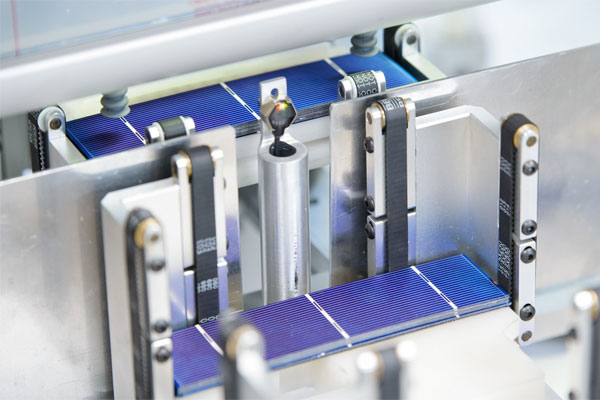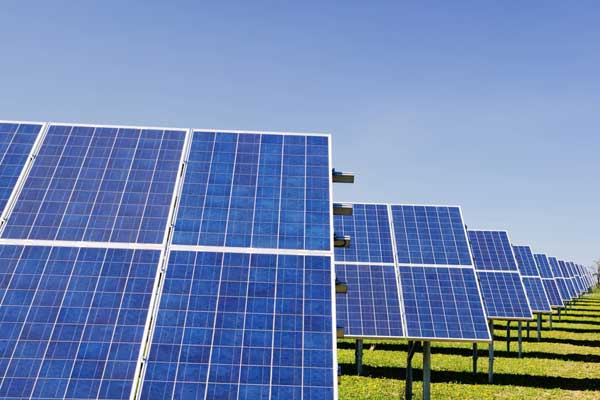Discovered in 1791, titanium is the Earth’s 7th most common element and serves many different purposes for mankind. It is only since 2012, however, that researchers uncovered the potential for titanium to increase the efficiency of solar energy conversion.
The simple addition of a thin layer of titanium dioxide is now increasingly being added as standard to photovoltaic modules which offers a boost to the solar panel industry by lowering the costs of manufacturing. As technology becomes thinner and more efficient, more solar panels are being produced.
How it Works
British research from 2012 led Chinese scientists to document how placing a thin layer of titanium dioxide underneath hematite nanorods increases the performance of photoanodes in solar panels. As outlined in their report in the journal Angewandte Chemie, the nanostructured electrode benefits from two separate effects.
This design combining nanostructure with chemical doping may be exemplary for improved “green” photocatalytic systems. With the help of a catalyst, sunlight can drive the oxidation of water to oxygen and the release of electrons for current generation, a process also called artificial photosynthesis.
Here’s the problem, iron oxide in the form of hematite is a convenient and cheap catalyst candidate, but the electrons set free by the chemical reaction tend to be trapped again and get lost; the electricity flow is inefficient.
As a solution, the researchers introduced a nanometer-thin passivation layer of titania. Not only does this prevent charge recombination between the hematite electrode structure and the substrate, but it also provides the iron oxide with a considerable doping source to increase its charge-carrier density, a highly promising effect for photoelectric applications.
In other words, when iron was used, electrons would get lost before their energy could be utilized, but a titanium-based material showed an increase in efficiency by ensuring a continuous flow of electrons.
Lowering Costs
The main factor driving companies and individuals towards alternative fuel sources is price. Solar is already half the cost of coal, at $50 per megawatt hour and is continuously on a fast decline.
Titanium is relatively cheap at just $25 per lb. It is an abundant and easily obtainable material, but the process of using it in solar panel manufacturing has been a challenge. This is where titanium grades can help.
Although the price of titanium is rising, only an extremely thin layer is required for a significant boost in the efficiency of a solar panel. This means it is a cost-effective solution compared to other metals that do the same thing.
The Future is Bright
By infusing solar panels with a tiny amount of titanium, the photocurrent is increased by up to four times. This should give an extra boost to the industry by increasing the viability of solar power.
The common use of titanium in the manufacturing of solar panels is just getting popular, and furthermore, it allows for the creation of hydrogen to be used in a hydrogen fuel cell, making the move towards renewables even swifter and convenient.
As more and more manufacturers use titanium in solar panel manufacturing, efficiency will increase and prices will continue to decrease. This could mark an important tipping point in the world’s adoption of solar power.
















Comments